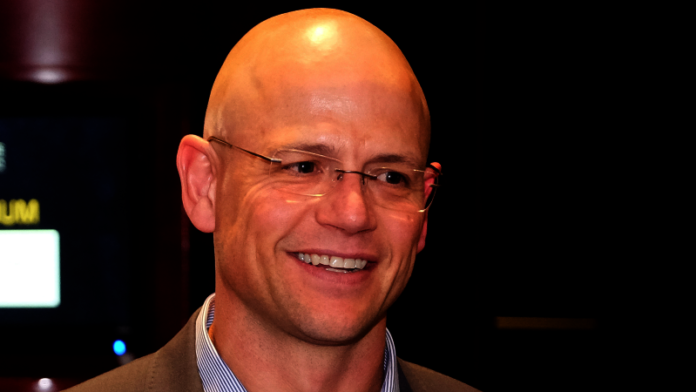
SIBANYE-Stillwater returned to its balance sheet once again refinancing its existing R6bn revolving credit facility (RCF) with a new rand denominated agreement that allows it access to more money if it needs it.
For a company that has built a reputation for aggressive growth through acquisition, the refinancing of the RCF may presage more deal-making; or it could simply be housekeeping. The new RCF is for R5.5bn but includes a R2bn “accordion option” which allows it to tap into R2bn more in credit.
The company said it was delighted to have the lender support.
“The new ZAR RCF satisfactorily meets group requirements and includes the ability to potentially extend the tenor past three years, as well as the option to upsize the new ZAR RCF through the accordion option, providing additional financing flexibility for the group,” said Charl Keyter, CFO of Sibanye-Stillwater.
The RCF attracts interest is on a sliding scale of JIBAR plus 2.40% and JIBAR plus 2.60% dependent on gearing ratios, the company said.
The company’s balance sheet has always been a topic for discussion given its growth by acquisition style of business, but the pressure was heightened when it suspended the dividend following quick-fire transactions for Stillwater Mining, Lonmin and DRDGold. It has since pledged a return to payouts, possibly as early as 2020.
In April, the company placed shares worth R1.8bn in an effort to minimise the impact on its balance sheet of the ongoing strike at its gold mines and to head-off potential disruptions that may flow. Days later it extended its debt-reduction programme by $125m (R1.75bn) after agreeing with Citibank to sell forward 105,906 ounces of gold in the fourth quarter of its 2019 financial year.
On August 29, Sibanye-Stillwater unveiled an interim $89m headline earnings loss which compared to a $8.2m profit in the six months of the previous financial year. The impact on Sibanye-Stillwater’s balance sheet was to take net debt to 2.5x earnings before interest, tax, depreciation and amortisation (EBITDA). It had been targeting 2x by year-end.
Froneman said at the time that debt on the balance sheet remained “elevated”. Reducing net debt on the balance sheet was on the cards provided the sticks fell the company’s way.
“Under the current supportive precious metals price environment and with a more positive operational outlook, driven by the return to profitability of the South African gold operations, continued production growth at the US PGM [platinum group metal] operations, no major operational disruptions, and the realisation of synergies from the Marikana operations will contribute positively to earnings and and cash flow,” he said at the time.
This would “… facilitate rapid deleveraging, supporting the possible resumption of cash dividends during 2020,” said Froneman.
Keyter indicated that a gross debt of R15bn had been targeted – a figure arrived at as EBITDA could descend to R6bn but allow the company to stay within its debt covenants. “If we get to a net debt to EBITDA of 1.5x then we would open the discussion with the board on cash dividends,” he said.







